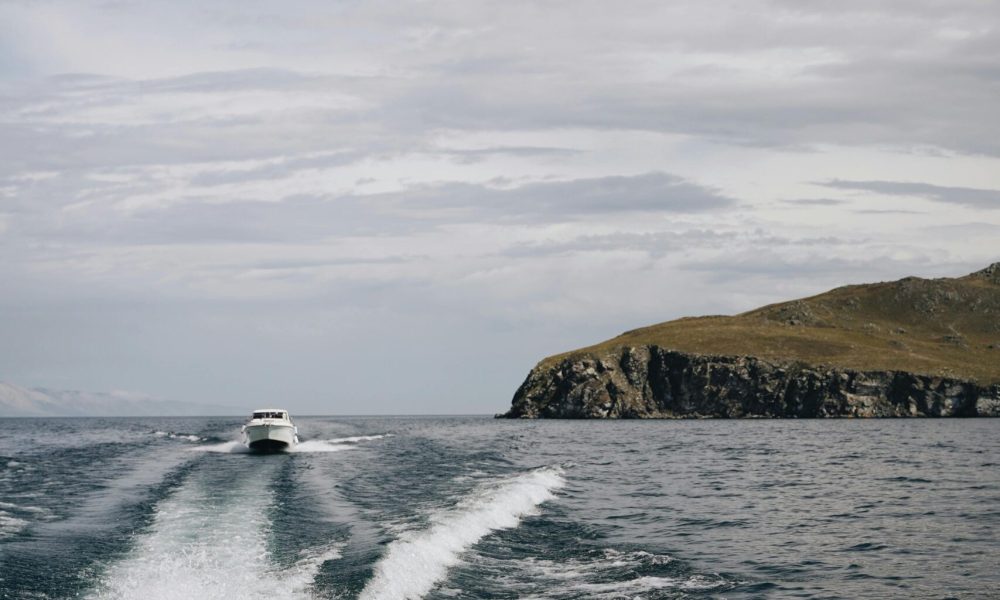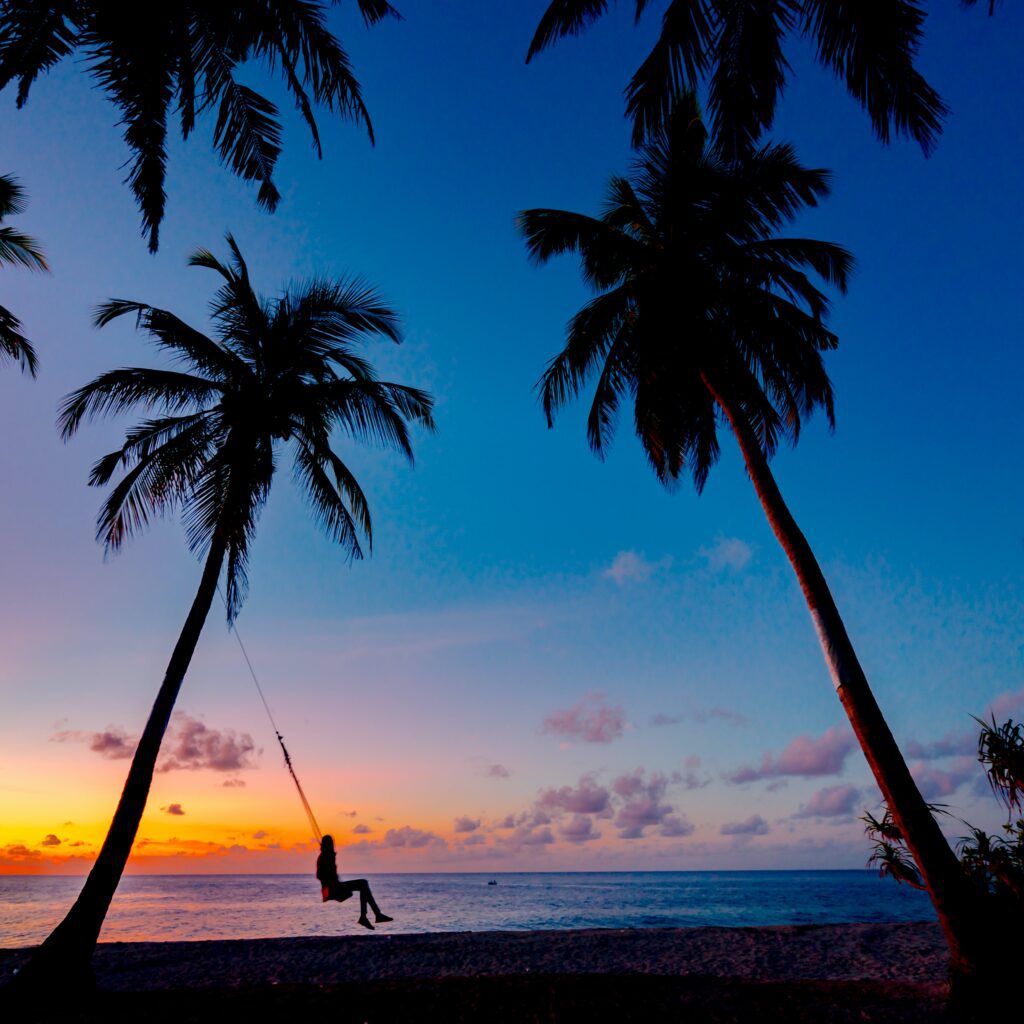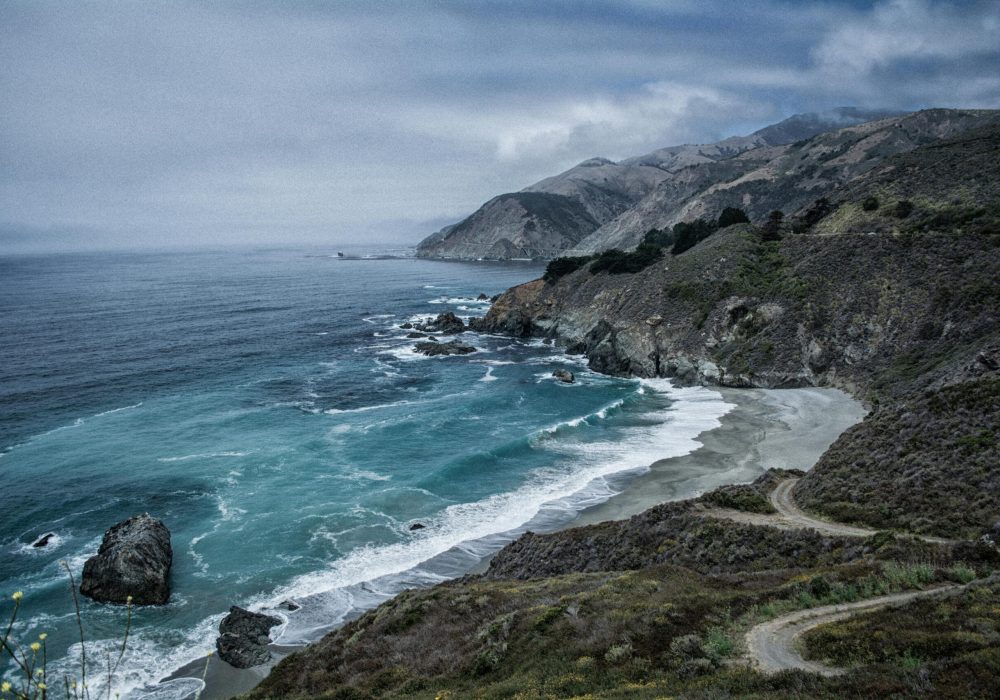

Welcome, fellow travelers and adventure seekers, to a virtual journey through the jewel-toned waters and pristine coral landscapes of Lakshadweep! Nestled in the heart of the Arabian Sea, this archipelago of 36 coral islands invites you to explore a world where turquoise meets emerald, and where the sunsets paint the sky in hues you never knew existed. Join us as we embark on a voyage through this tropical paradise, uncovering the secrets of each atoll, from the bustling beaches of Agatti to the serene coral gardens of Kavaratti. Beyond the mere beauty of its geography, Lakshadweep is a tapestry of unique cultures, a blend of Indian, Arabian, and indigenous influences that add a rich layer to the overall experience. As we dive into the crystal-clear waters, we'll discover a realm teeming with marine life, vibrant coral formations, and underwater wonders that will leave you breathless. But our journey goes beyond the physical allure; we'll delve into the cultural tapestry, savor the local flavors, and unravel the stories that make each island in Lakshadweep a chapter in its own right. So, fasten your seatbelts and get ready for a vicarious escape to a world where time slows down, and every wave brings with it a new story. Lakshadweep awaits – a destination that promises not just a vacation but a rendezvous with nature's untouched beauty. Join us on this virtual odyssey, and let the allure of Lakshadweep capture your imagination. The journey begins now!
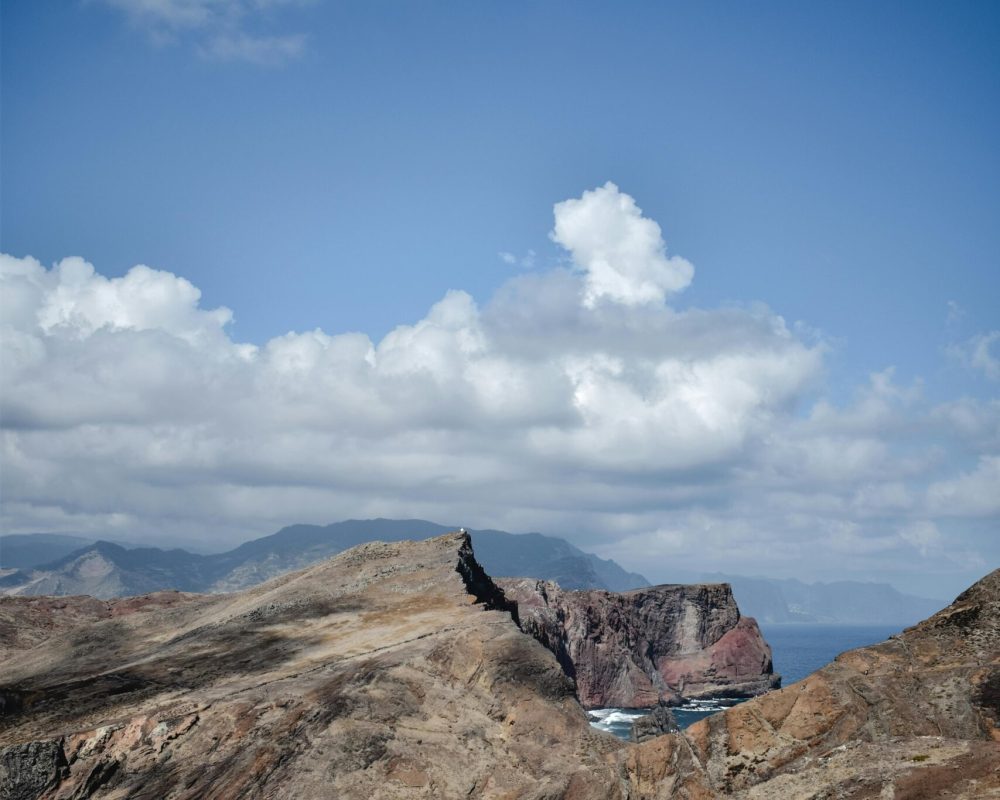

Geography and Location:
Lakshadweep is a group of coral islands located in the Arabian Sea, off the southwestern coast of India. The archipelago is situated about 200 to 440 kilometers (124 to 273 miles) off the Malabar Coast of Kerala. Here is an overview of Lakshadweep's geographical location: Latitude and Longitude: Lakshadweep extends roughly between 8° 18' and 12° 13' North latitude and 71° 13' and 74° East longitude. Distance from Mainland India: The islands are scattered across a vast area, with the nearest point being around 200 kilometers from the coastal city of Kochi in Kerala. Island Chain: Lakshadweep is an archipelago comprising 36 islands and islets, grouped into three main reefs – the Northern, Central, and Southern atolls. Formation and Topography: The islands are of coral origin, formed on ancient volcanic basalt. The topography varies, with some islands having sandy beaches, while others are characterized by coral reefs and lagoons. Coral Reefs: The region is known for its rich coral reefs, making it a haven for marine biodiversity. The coral formations contribute to the stunning underwater landscapes surrounding the islands. Arabian Sea Connection: Lakshadweep is surrounded by the warm waters of the Arabian Sea, and the marine ecosystem is influenced by the sea's currents and temperatures. Exclusive Economic Zone (EEZ): The waters surrounding Lakshadweep form a significant part of India's Exclusive Economic Zone, contributing to the region's importance in terms of marine resources. Climate: The islands experience a tropical climate with a monsoon season. The weather is generally warm and humid, with the monsoons bringing heavy rainfall between June and September. Island Names: Some of the notable islands in Lakshadweep include Agatti, Bangaram, Kavaratti, Kalpeni, Minicoy, and others, each contributing to the diversity of the archipelago. Accessibility: The main entry point for travelers is Agatti, which is connected to the mainland by air. From Agatti, visitors can access other islands through boats or helicopters. Lakshadweep's geographical location, characterized by its coral islands, clear blue waters, and vibrant marine life, makes it a unique and picturesque destination for travelers seeking a tropical paradise.
Island Overview:
Certainly! Lakshadweep is a breathtaking archipelago in the Arabian Sea, comprised of 36 coral islands and atolls. Each of these islands possesses its unique charm, offering a diverse range of landscapes, cultural influences, and recreational opportunities. Let's explore some of the main islands of Lakshadweep along with their individual characteristics: Agatti Island: Characteristics: Agatti is often the gateway to Lakshadweep for travelers. With its stunning lagoon, palm-fringed beaches, and vibrant coral reefs, Agatti is a paradise for water enthusiasts. The island also serves as a hub for various water sports. Bangaram Island: Characteristics: Known for its pristine white-sand beaches and turquoise waters, Bangaram is a peaceful retreat. The island offers a tranquil atmosphere, making it an ideal spot for relaxation, beach walks, and enjoying the mesmerizing sunset. Kavaratti Island: Characteristics: As the administrative capital of Lakshadweep, Kavaratti is a bustling island that beautifully blends tradition with modernity. Explore the vibrant markets, visit the Ujra Mosque with its intricate woodwork, and indulge in water activities in the lagoon. Kalpeni Island: Characteristics: Kalpeni is renowned for its picturesque beauty and is famous for its three uninhabited islets known as Tilakkam, Pitti, and Cheriyam. The island is surrounded by a massive lagoon with clear blue waters, making it an ideal spot for snorkeling and kayaking. Minicoy Island: Characteristics: The southernmost island of Lakshadweep, Minicoy, stands out with its Maldivian influence. The island is characterized by a large lagoon, a 300-foot tall lighthouse, and a culture that reflects the unique traditions of its inhabitants. Andrott Island: Characteristics: Andrott is the largest island in Lakshadweep and is historically significant. It houses the Jama Masjid, the oldest mosque in the archipelago, showcasing the cultural diversity that has shaped the islands over centuries. Bitra Island: Characteristics: The smallest inhabited island, Bitra, offers a glimpse into the simplicity of life in Lakshadweep. With its untouched beauty, the island is an escape for those seeking solitude and a connection with nature. Suheli Par Island: Characteristics: Suheli Par is an uninhabited island and is known for its diverse marine life. It is often visited by researchers and nature enthusiasts due to its rich biodiversity and untouched ecosystems. These islands collectively form the tapestry of Lakshadweep, each contributing its unique colors and textures to the overall canvas of this tropical paradise. From vibrant coral reefs to cultural treasures, Lakshadweep invites travelers to explore a world where nature and tradition intertwine in harmony.
Travel and Transportation:
Getting to the enchanting islands of Lakshadweep involves a combination of air and sea transportation. Due to its remote location, access to Lakshadweep is regulated to preserve its pristine environment. Here's a breakdown of the various modes of transportation to reach this tropical paradise: By Air: Flights to Agatti: The primary gateway to Lakshadweep is Agatti Island. Regular flights operate from major cities in India, primarily from Kochi in Kerala. Airlines such as Air India, IndiGo, and Alliance Air offer flights to Agatti. It's advisable to check the schedule and availability in advance, as flights may be limited. By Sea: Ships from Kochi: Lakshadweep Administration operates passenger ships from Kochi to various islands in Lakshadweep, including Kavaratti, Kalpeni, Minicoy, and more. The journey by ship takes longer (about 14-20 hours, depending on the destination), but it offers a unique experience and a chance to enjoy the vastness of the Arabian Sea. Inter-Island Transportation: Boats and Helicopters: Once you arrive at Agatti, inter-island transportation is facilitated by boats and helicopters. Boats: Speedboats and traditional wooden boats connect Agatti to other islands. These boats provide a scenic and enjoyable way to hop between the atolls. Helicopters: Helicopter services are available between Agatti and Bangaram, Kadmat, and Kavaratti. The aerial views of the islands are breathtaking, and the helicopter journey adds an extra layer of excitement to your adventure. Entry Permits: Regardless of the mode of transportation, visitors to Lakshadweep must obtain entry permits. These permits are necessary for both Indian and foreign nationals and are usually arranged through tour operators or the Lakshadweep Administration. Travel Tips: Advance Planning: Due to the limited availability of transportation options, especially flights and ship schedules, it is crucial to plan your trip well in advance. Weather Considerations: Be mindful of the weather conditions, especially during the monsoon season (June to September), as transportation schedules may be affected. Permit Formalities: Ensure that you complete the necessary permit formalities before your journey to avoid any complications upon arrival. Traveling to Lakshadweep is an adventure in itself, and the mix of flights, boats, and helicopters adds to the sense of exploration. Whether you choose to soar above the islands or cruise the turquoise waters, the journey to Lakshadweep is a prelude to the natural wonders that await you.
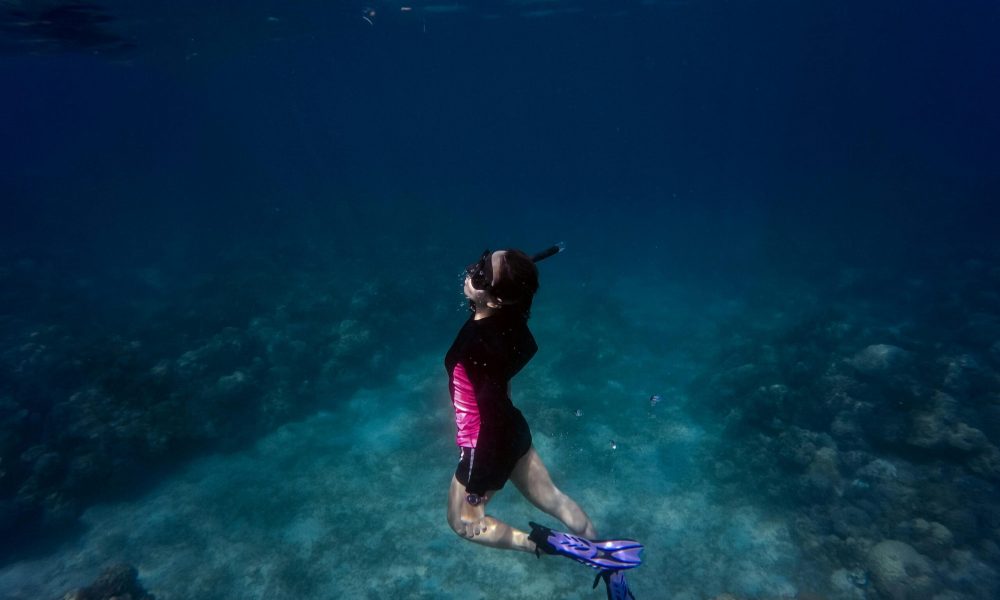

Entry Permits:
Obtaining entry permits to visit Lakshadweep is a crucial step for both Indian and foreign nationals. The permits are necessary to regulate and monitor tourism, ensuring the preservation of the islands' unique ecosystems and cultural heritage. Here's an overview of the process and requirements for obtaining entry permits to Lakshadweep: For Indian Nationals: Permit Issuing Authorities: Entry permits for Indian citizens are issued by the Lakshadweep Administration. These permits can be obtained through authorized agents or directly from the Lakshadweep Administration office. Authorized Agents: To simplify the process, visitors often choose to book their trip through authorized tour operators or agents who can assist in obtaining permits. These agents handle the permit application on behalf of the travelers. Required Documents: Generally, the following documents are required: Application form (available through agents or online). Proof of Indian citizenship (passport, voter ID, or other government-issued ID). Passport-sized photographs. Details of the itinerary, including travel dates and accommodation bookings. Permit Categories: Entry permits are categorized based on the purpose of the visit, such as tourism, research, or business. Tourists typically apply for a tourism permit. Advance Planning: It is advisable to start the permit application process well in advance of your planned travel dates, as there may be a limit on the number of visitors allowed at any given time. For Foreign Nationals: Restrictions: Lakshadweep has restrictions on the entry of foreign nationals. Generally, foreign tourists are not permitted to visit the islands, with a few exceptions. Special Permits: Foreign nationals who wish to visit Lakshadweep for specific purposes, such as research or documentary filming, may apply for special permits. These permits are granted on a case-by-case basis, and the application process involves detailed scrutiny. Through Authorized Agents: Similar to Indian nationals, foreign tourists can also go through authorized agents who are familiar with the procedures and can assist in the application process. Coordination with Authorities: The process for foreign nationals involves coordination with various government authorities, including the Lakshadweep Administration, Ministry of Home Affairs, and Ministry of External Affairs. Research and Documentary Filming: Foreign nationals interested in research or documentary filming must provide detailed project proposals and comply with additional requirements. General Tips: Check the Updated Guidelines: Entry requirements and guidelines may change, so it's essential to check for the most recent information before planning your trip. Respect Local Regulations: Adhere to the rules and regulations of Lakshadweep to ensure a smooth and respectful visit. By following the necessary procedures and obtaining the required permits, visitors can explore the captivating beauty of Lakshadweep while contributing to the preservation efforts of this pristine destination.
Popular Islands:
Certainly! Let's delve into the specific attractions and activities offered by some of the popular islands in Lakshadweep: 1. Agatti Island: Attractions: Agatti Beach: Known for its powdery white sands and clear turquoise waters, Agatti Beach is a perfect spot for relaxation and water activities. Coral Reefs: The coral reefs around Agatti attract snorkelers and scuba divers, providing an opportunity to explore the vibrant underwater world. Activities: Water Sports: Agatti is a hub for water sports such as kayaking, windsurfing, and paddleboarding. Island Exploration: Rent a bicycle or take a stroll to explore the island, visiting the local villages and experiencing the laid-back island life. 2. Bangaram Island: Attractions: Tipp Beach: This picturesque beach on Bangaram is known for its untouched beauty, offering serene surroundings and crystal-clear waters. Diving Site: Bangaram is a favored destination for scuba diving, with diverse marine life and coral formations. Activities: Snorkeling: Explore the vibrant coral gardens near Bangaram, teeming with colorful fish. Sunset Cruises: Enjoy the breathtaking sunsets over the Arabian Sea by taking a sunset cruise from Bangaram. 3. Kavaratti Island: Attractions: Ujra Mosque: The Ujra Mosque, with its beautiful white structure and intricate woodwork, is a significant cultural and architectural landmark. Marine Aquarium: Explore the Marine Aquarium, home to a variety of marine species native to the region. Activities: Glass-Bottom Boat Rides: Experience the underwater world without getting wet by taking a glass-bottom boat ride. Water Sports: Kavaratti offers opportunities for kayaking, sailing, and snorkeling in its calm lagoons. 4. Kalpeni Island: Attractions: Kalpeni Beach: With its idyllic setting, Kalpeni Beach is a serene spot to relax and enjoy the natural beauty of the island. Coral Gardens: Kalpeni is renowned for its extensive coral gardens, making it a paradise for snorkelers and divers. Activities: Kayaking: Paddle through the scenic lagoons and mangrove areas surrounding Kalpeni. Village Tour: Explore the local culture by taking a village tour, interacting with the friendly residents and experiencing their traditional way of life. Each of these islands in Lakshadweep offers a unique blend of natural beauty, cultural richness, and exciting activities. Whether you're seeking relaxation on pristine beaches, exploring vibrant coral reefs, or engaging in water sports, the islands of Lakshadweep provide a diverse range of experiences for every traveler.
Water Activities:
Lakshadweep, with its clear turquoise waters and vibrant coral reefs, is a haven for water sports enthusiasts. From snorkeling to scuba diving, the archipelago offers a plethora of aquatic adventures. Here's a closer look at some of the best spots for water activities in Lakshadweep: 1. Agatti Island: Snorkeling: Best Spots: The coral reefs around Agatti are perfect for snorkeling. Head to locations like Agatti Beach and explore the shallow waters filled with colorful coral and marine life. Scuba Diving: Dive Sites: Agatti has several dive sites, including Agatti Aquarium and the Wall of Wonder, where divers can encounter a variety of fish, rays, and turtles. Other Water Activities: Windsurfing: The calm lagoon of Agatti is ideal for windsurfing, providing a thrilling experience for water sports enthusiasts. 2. Bangaram Island: Snorkeling: Tippu Sultan's Wall: This snorkeling site near Bangaram is known for its vibrant coral formations and diverse marine life. Scuba Diving: Manta Point: Bangaram's Manta Point is a popular dive site where divers can spot manta rays, sharks, and various other marine species. Other Water Activities: Kayaking: Explore the lagoon around Bangaram by kayaking, offering a peaceful way to enjoy the scenic surroundings. 3. Kavaratti Island: Snorkeling: Dolphin Dive Center: The Dolphin Dive Center on Kavaratti Island offers guided snorkeling tours to explore the coral gardens and encounter marine life. Scuba Diving: Reef Explore Dive Center: Dive into the deep blue waters around Kavaratti with the Reef Explore Dive Center, known for its professional diving services. Other Water Activities: Glass-Bottom Boat Rides: For those who prefer staying dry, take a glass-bottom boat ride to witness the underwater beauty. 4. Kalpeni Island: Snorkeling: Lagoon Snorkeling: Kalpeni's calm lagoon provides an excellent setting for snorkeling, where you can spot colorful coral and a variety of fish. Scuba Diving: House Reef: Explore the House Reef off Kalpeni for a scuba diving experience, surrounded by vibrant coral formations and marine biodiversity. Other Water Activities: Paddleboarding: Enjoy the tranquility of Kalpeni's lagoon by paddleboarding through its clear waters. Tips for Water Activities in Lakshadweep: Seasonal Considerations: The best time for water activities is during the dry season, typically from October to May, when the weather is favorable and visibility is excellent. Certification: If you're new to scuba diving, many dive centers in Lakshadweep offer certification courses, allowing you to explore the underwater world with confidence. Responsible Snorkeling: Practice responsible snorkeling by avoiding touching or damaging coral reefs and marine life. Follow guidelines provided by tour operators. Whether you're a seasoned diver or a novice snorkeler, Lakshadweep offers a range of water activities that allow you to immerse yourself in the breathtaking beauty of its underwater landscapes.
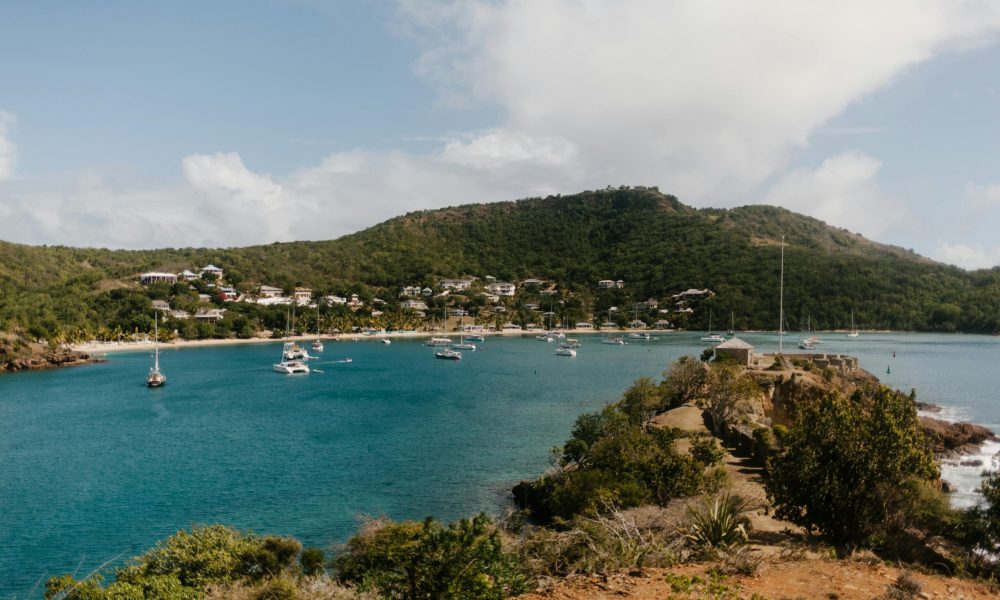

Local Culture and Cuisine:
Lakshadweep, a tropical archipelago in the Arabian Sea, is not only known for its stunning landscapes but also for its rich cultural heritage. The local culture of Lakshadweep is a unique blend of Indian, Arabian, and indigenous influences, creating a tapestry of traditions, art, and cuisine. Let's delve into the cultural aspects and culinary delights of this enchanting region: Cultural Aspects: Traditions and Festivals: Idu'l Fitr: The festival of Idu'l Fitr is celebrated with great enthusiasm, marking the end of Ramadan. It involves special prayers, feasts, and community gatherings. Folk Arts: Lakshadweep boasts vibrant folk arts, including traditional dances like the Lava dance, Kolkali, and Parichakali, reflecting the cultural vibrancy of the islands. Architecture and Mosques: Ujra Mosque (Kavaratti): This beautiful mosque is known for its intricate woodwork and traditional Maldivian architectural style. It is a symbol of the Islamic heritage of the islands. Old Lighthouse (Minicoy): The old lighthouse in Minicoy is a testament to the maritime history of Lakshadweep, providing panoramic views of the surrounding seas. Clothing and Attire: Traditional Attire: The locals typically wear traditional attire, with men donning Mundus (loincloths) and women wearing Kachi (sarongs) and Cholis. The clothing is often vibrant and reflects the island's colorful culture. Cuisine and Specialties: Seafood Delicacies: Tuna Delicacies: Given its location, tuna is a staple in Lakshadweep cuisine. Tuna is prepared in various forms, such as grilled tuna, tuna curry, and tuna biryani. Squid and Lobster: Freshly caught squid and lobster are often prepared with local spices, offering a delightful taste of the region's marine bounty. Coconut-Based Dishes: Coconut Rice: A popular dish, coconut rice is a simple yet flavorful preparation where rice is cooked with grated coconut, giving it a distinct local taste. Coconut Lagoon Curry: Fish or prawns cooked in a coconut-based curry is a common and delicious dish, showcasing the influence of coconut in Lakshadweep cuisine. Traditional Sweets: Lakshadweep Halwa: A unique sweet dish made from coconut milk, sugar, and flour, Lakshadweep Halwa is a local delicacy enjoyed during festivals and special occasions. Coconut Ladoo: Coconut ladoos, made from grated coconut and sugar, are a popular sweet treat that reflects the abundance of coconuts in the region. Chai and Snacks: Masala Chai: A cup of aromatic masala chai is a common beverage, often enjoyed with local snacks like banana chips and tapioca chips. Kokum Sherbet: Kokum sherbet, made from the fruit of the kokum tree, is a refreshing drink that provides relief from the tropical heat. Lakshadweep's cultural richness and culinary delights offer visitors a chance to immerse themselves in the local way of life. From vibrant traditions and festivals to flavorful seafood and coconut-based dishes, every aspect of Lakshadweep reflects the warmth and diversity of its people.
Accommodation Options:
Lakshadweep offers a range of accommodation options catering to different preferences and budgets. While the choices may not be as extensive as in more mainstream tourist destinations, the islands provide a variety of places to stay, each with its unique charm. Here's an overview of accommodation options in Lakshadweep: 1. Resorts: Agatti Island Beach Resort (Agatti): Situated on Agatti Island, this resort offers comfortable cottages and beach huts with modern amenities. The resort provides direct access to the stunning Agatti Beach and offers water sports facilities. Bangaram Island Resort (Bangaram): Bangaram Island Resort is known for its pristine location on Bangaram Island. The resort offers beachfront villas and eco-friendly accommodations, providing a tranquil and luxurious escape. Kadmat Beach Resort (Kadmat): Located on Kadmat Island, this resort provides cozy beachfront huts with beautiful views of the turquoise waters. It's an ideal choice for those seeking a serene atmosphere. 2. Tourist Homes and Guesthouses: Kavaratti Tourist Home (Kavaratti): For a budget-friendly option, Kavaratti Tourist Home offers simple yet comfortable rooms. It is centrally located, making it convenient for exploring the island. Minicoy Tourist Home (Minicoy): Situated on Minicoy Island, this tourist home provides basic accommodations and is a good choice for budget-conscious travelers. 3. Government Accommodations: Lakshadweep Tourism Corporation (Various Islands): The Lakshadweep Administration operates government guesthouses on several islands. These accommodations are relatively affordable and are available for tourists. They are a good option for those who prefer a more straightforward stay. 4. Homestays: Local Homestays (Various Islands): Some locals offer homestay accommodations, providing visitors with an opportunity to experience the island life and immerse themselves in the local culture. These options may not be as readily available but can offer a unique and authentic experience. Tips for Accommodation in Lakshadweep: Advance Booking: Due to the limited number of accommodations on the islands, especially during the peak tourist season, it is advisable to book well in advance. Package Tours: Consider opting for package tours that include accommodation, meals, and activities. Many tour operators offer comprehensive packages tailored to different preferences. Seasonal Variations: Accommodation availability may vary during the tourist season (October to May) and the monsoon season. Check for the best time to visit based on your preferences. Local Recommendations: Seek recommendations from local residents or tour operators for accommodations that match your preferences and budget. Respect Local Customs: Keep in mind that accommodations in Lakshadweep may reflect the simplicity of island life. Embrace the local experience and respect the natural environment. While the accommodation options in Lakshadweep may be more limited compared to other tourist destinations, each choice provides a unique experience, allowing visitors to connect with the natural beauty and culture of the islands.
Responsible Tourism:
Responsible tourism is crucial in preserving the pristine beauty of Lakshadweep, ensuring that the islands' delicate ecosystems and cultural heritage are safeguarded for future generations. Here are key considerations and practices for travelers to promote responsible tourism in Lakshadweep: 1. Respect Local Culture and Traditions: Guidelines for Clothing: Dress modestly, especially when visiting religious sites and local communities. Follow cultural norms and traditions to show respect for the local way of life. Participate Responsibly: If you engage in local cultural events or activities, ensure that your participation aligns with local customs and is conducted respectfully. 2. Preservation of Marine Life and Coral Reefs: No Touching or Disturbing Marine Life: While snorkeling or diving, avoid touching or disturbing coral reefs and marine life. Practice buoyancy control to minimize contact with the underwater environment. Choose Eco-Friendly Water Activities: Opt for water sports and activities offered by operators committed to ecological preservation. Select operators that follow sustainable practices, such as using eco-friendly equipment and supporting marine conservation efforts. 3. Waste Reduction and Management: Carry Reusable Items: Bring a reusable water bottle, shopping bag, and other essentials to minimize single-use plastics. Dispose of waste responsibly, utilizing available recycling facilities where possible. Say No to Littering: Keep the islands clean by refraining from littering. Dispose of waste in designated bins or take it back with you to the mainland. 4. Energy and Resource Conservation: Conserve Water and Energy: Practice water and energy conservation in accommodations by using resources responsibly. Follow any guidelines provided by the local community. Choose Eco-Friendly Accommodations: Opt for accommodations that implement eco-friendly practices, such as using renewable energy sources, minimizing water usage, and reducing waste. 5. Support Local Communities: Purchase Locally: Support local businesses and artisans by purchasing locally made products and crafts. This helps contribute to the livelihoods of the island residents. Responsible Tourism Activities: Choose tour operators and activities that prioritize responsible and sustainable tourism. Be aware of the environmental impact of your choices. 6. Educate Yourself and Others: Learn About the Local Ecosystem: Familiarize yourself with the unique ecosystems of Lakshadweep. Understand the significance of coral reefs, marine life, and the delicate balance that sustains the islands. Share Responsible Practices: Encourage fellow travelers to adopt responsible practices. Share information about the fragility of island ecosystems and the importance of minimizing impact. 7. Respect Wildlife: Observe Wildlife from a Distance: If you encounter wildlife, maintain a respectful distance to avoid causing stress or disturbance. Do not feed wild animals. Follow Wildlife Guidelines: Adhere to any guidelines or regulations regarding wildlife protection. Your responsible behavior ensures the well-being of the local fauna. Conclusion: By adopting responsible tourism practices, visitors to Lakshadweep can contribute to the conservation of its natural beauty and cultural heritage. The islands' vulnerability to environmental changes emphasizes the importance of every traveler playing a role in preserving this paradise for generations to come. Responsible tourism ensures that Lakshadweep remains an unspoiled haven for future explorers.
